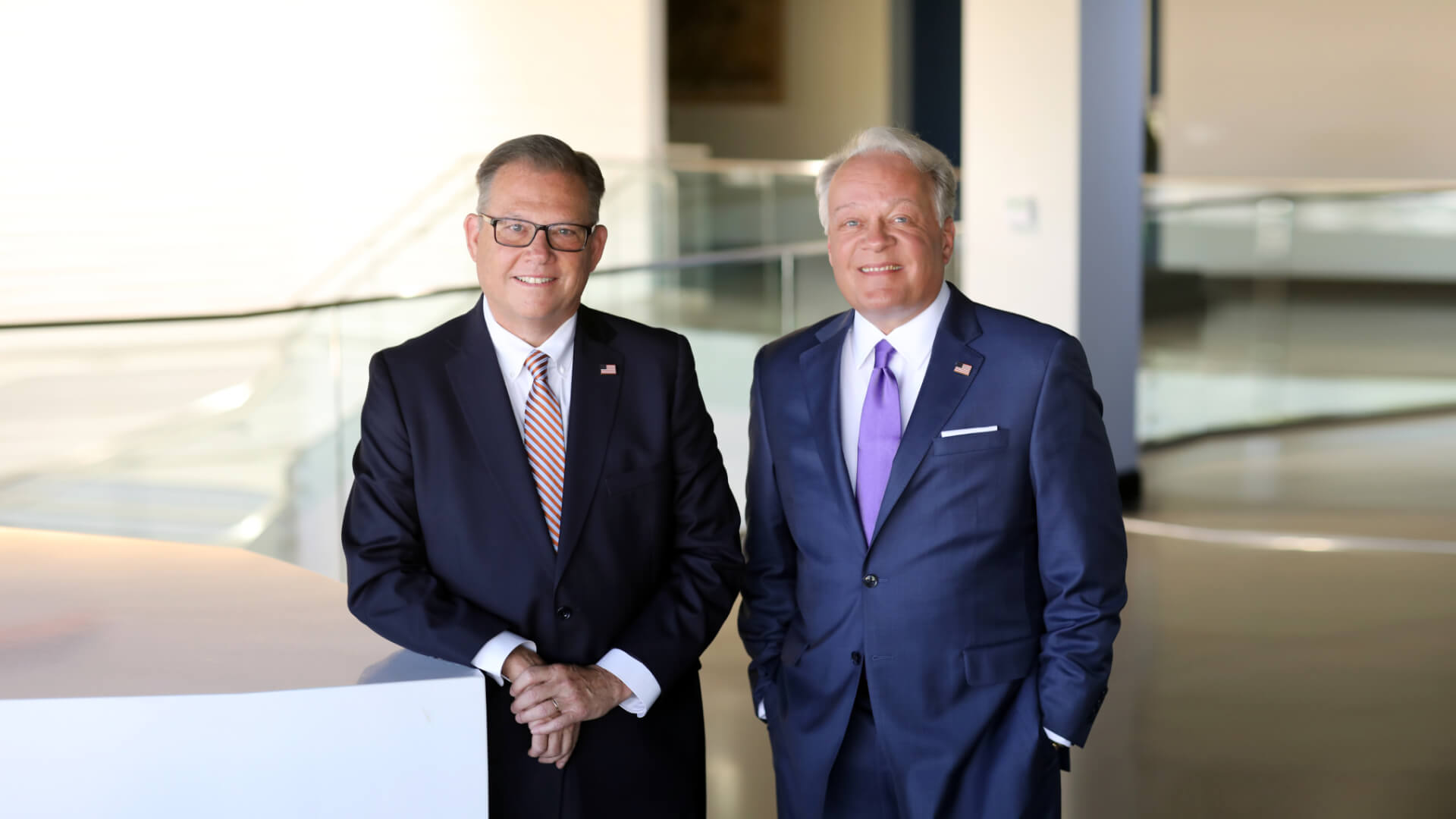
In the world of finance and investment, navigating the intricate paths of Wall Street can be both alluring and intimidating. However, for those seeking a solid and effective approach to building wealth, Modern Portfolio Theory (MPT) offers a compelling alternative. Developed by Nobel laureate Harry Markowitz, MPT revolutionized the way investors approach portfolio construction, emphasizing diversification, risk management, and a long-term perspective. In this blog post, we’ll explore the principles of Modern Portfolio Theory and uncover how it can benefit investors more than following the tumultuous waves of Wall Street.
1. Understanding Modern Portfolio Theory
At its core, Modern Portfolio Theory is a framework that seeks to optimize portfolio returns while minimizing risk. It starts with the premise that investors are rational beings who aim to maximize their investment returns for a given level of risk tolerance. MPT recognizes that no investment is risk-free and that investors must strike a balance between risk and reward to achieve their financial goals.
The central tenet of MPT lies in diversification, or the spreading of investments across different asset classes, industries, and geographies. By diversifying, investors can reduce their exposure to individual company or sector risk and instead benefit from the aggregate performance of their diversified portfolio.
2. The Power of Diversification
Diversification is the cornerstone of MPT and sets it apart from the often volatile and unpredictable nature of Wall Street. While the financial markets can be swayed by news events, corporate scandals, or geopolitical tensions, a well-diversified portfolio can weather these storms more effectively.
Imagine a scenario where an investor puts all their money into the stock of a single technology company. If the company faces unexpected challenges, the investor’s entire investment is at risk. However, by diversifying their investments across various stocks, bonds, real estate, and other asset classes, the investor spreads risk and reduces the impact of negative events on the overall portfolio.
3. Balancing Risk and Return
MPT introduces the concept of the efficient frontier, which illustrates the optimal portfolio combinations that offer the highest expected return for each level of risk. By constructing a diversified portfolio that aligns with an investor’s risk tolerance, they can position themselves along this efficient frontier, achieving the best possible returns for their desired level of risk exposure.
Investors on Wall Street are often enticed by the allure of high returns from speculative investments. However, chasing short-term gains can lead to increased risk, potentially jeopardizing a significant portion of an investor’s capital. In contrast, MPT encourages a more measured and rational approach, where risk is balanced with reward to ensure steady and sustainable long-term growth.
4. Embracing a Long-Term Perspective
In the fast-paced environment of Wall Street, investors are often bombarded with the pressure to react quickly to market fluctuations and trends. However, MPT emphasizes a long-term investment horizon, recognizing that short-term market movements are unpredictable and driven by emotion.
By taking a patient and disciplined approach, investors can avoid knee-jerk reactions and remain focused on their long-term financial objectives. They can weather market downturns with confidence, knowing that their diversified portfolio is built to withstand fluctuations and capitalize on growth opportunities over time.
5. MPT vs. Active Management
Wall Street is synonymous with active management, where professional fund managers attempt to outperform the market by making frequent trades and picking individual stocks. While some skilled fund managers may achieve short-term success, research has consistently shown that the majority of actively managed funds underperform their respective benchmarks over the long term.
MPT, on the other hand, advocates for a passive investment strategy, where investors build portfolios based on broad market indexes and hold them for the long haul. Passive investing not only reduces fees and transaction costs but also ensures broad market exposure, resulting in more reliable and consistent returns over time.
6. Reducing Emotional Bias
One of the biggest challenges for investors on Wall Street is the emotional rollercoaster that comes with market fluctuations. Fear and greed often drive investors to make irrational decisions, leading to buying high and selling low, the exact opposite of what a successful investor should do.
MPT addresses this emotional bias by encouraging a rational and systematic investment approach. By focusing on asset allocation, diversification, and a long-term outlook, investors can better manage their emotions and avoid falling prey to impulsive and detrimental actions.
7. Real-World Success of MPT
The real-world success of Modern Portfolio Theory speaks volumes about its potential benefits for investors. Institutional investors such as pension funds, endowments, and foundations have widely adopted MPT principles to manage their vast portfolios. Additionally, a growing number of individual investors are turning to index funds and exchange-traded funds (ETFs) that track broad market indexes, embracing passive investing and the principles of MPT.
Conclusion
While Wall Street may entice investors with promises of quick riches and market-beating strategies, Modern Portfolio Theory offers a compelling and time-tested alternative. By focusing on diversification, risk management, a long-term perspective, and a passive investment approach, MPT empowers investors to navigate the financial markets with greater confidence and achieve their financial goals with greater consistency.
Rather than following the daily fluctuations of Wall Street, investors can take a step back and embrace the wisdom of MPT to build robust and prosperous investment portfolios. The principles of MPT are not mere theoretical constructs; they represent a practical roadmap to investment success that has stood the test of time and can continue to guide investors toward a brighter financial future.
As Nobel laureate Harry Markowitz once said, “Diversification is the only free lunch in finance.” By heeding the wisdom of Modern Portfolio Theory, investors can savor this free lunch and pave their path to financial prosperity.
Disclaimer: The information provided in this blog post is for educational purposes only and should not be considered as financial advice. Please consult with a qualified financial advisor before making any investment decisions.
Book a free call here to learn more about how we help investors to maximize their financial potential while minimizing risk.


